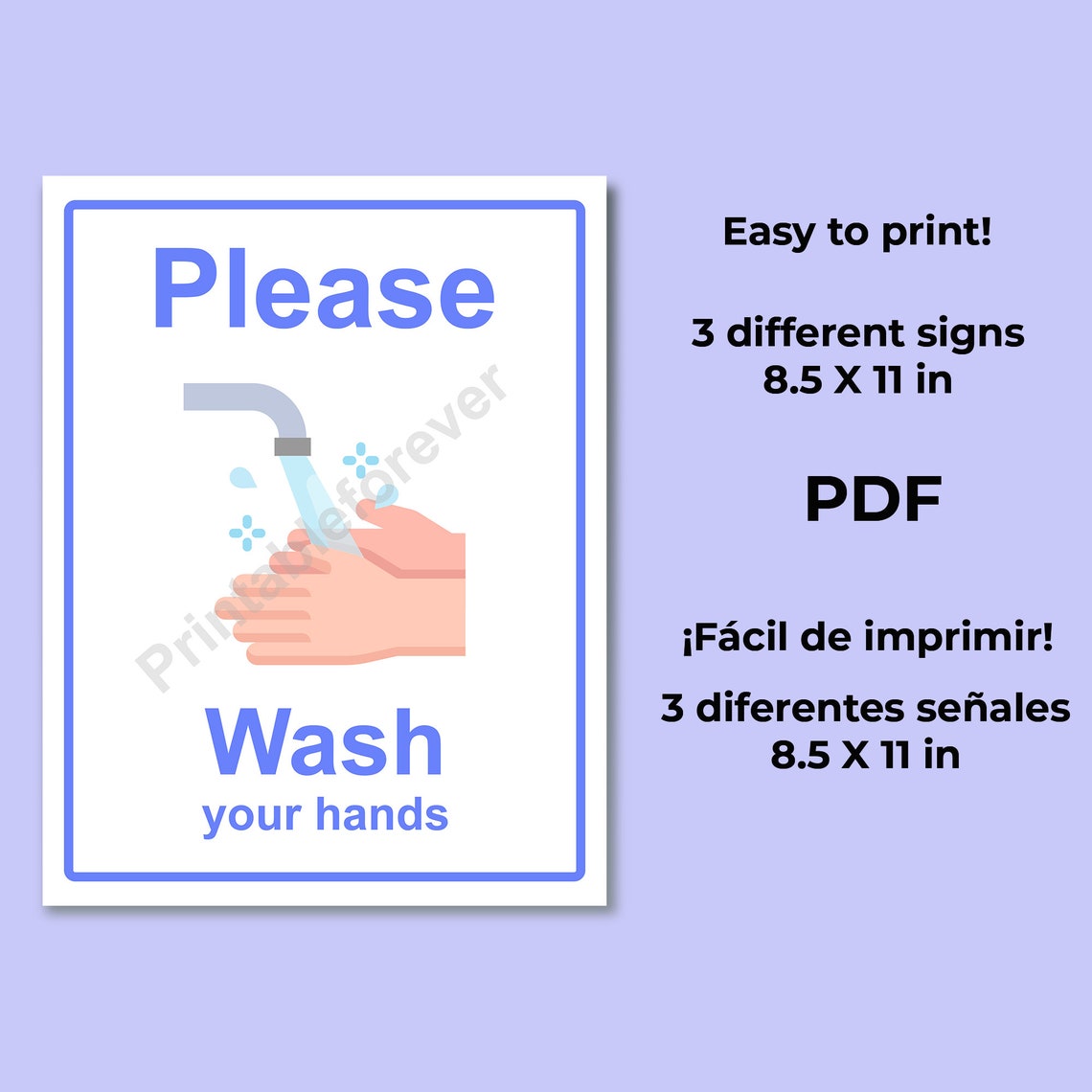

But overall, according to the guidance, that means at least one out of every two people should still be masking indoors. I mean, right now, less than half the U.S. But how can you know who is fully vaccinated and who is not, I mean, as an individual or even as a business? MARTIN: Right, because the guidance applies specifically to fully vaccinated people. But whether people feel safe is another question. So that's why the CDC is saying that it's safe for fully vaccinated people to not wear masks. And you're probably also not breathing out infectious clouds of it. If you breathe it in, your body can fight it off. So if you're fully vaccinated, your immune system is protecting you from COVID. Now, the CDC says that based on the millions of people who have been vaccinated, the shots are working just as well in the real world as they did in studies. And two, it forms a barrier so you're less likely to breathe in virus from the air. 1, it catches your germs so they don't spray out and infect people. But remember there are two basic reasons to wear a mask.

I mean, that fabric covering has been like a safety blanket on your face, protecting you from people breathing in it. HUANG: Well, I know it feels strange to people who are used to masks. And now they're saying if you're fully vaccinated, you're safe inside without a mask as well. HUANG: Well, a few weeks ago, the CDC said it's safe to be outside without a mask. So we're going to see if NPR health reporter Pien Huang, who's been reporting all this, can help us out. But despite lots of interviews by lots of officials, it's confusing. Last week, the Centers for Disease Control and Prevention changed its advice to the public around who should wear a mask and when.


 0 kommentar(er)
0 kommentar(er)
